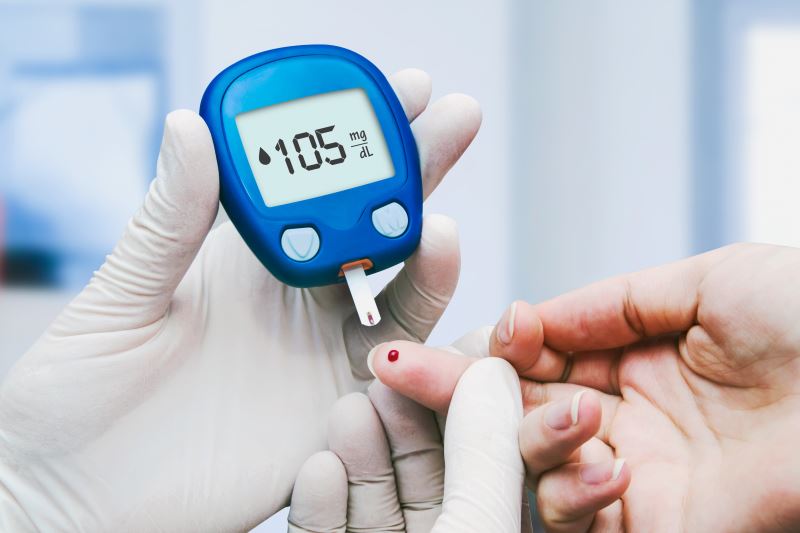Heart disease affects both men and women, but the way it presents can vary. Men for example are more prone to coronary heart disease than women, and tend to develop cardiovascular disease (CVD) in their younger years. Women on the other hand are the opposite. They develop CVD at an older age, and are more prone to suffering from stroke as they age.
Understanding these differences and acknowledging gender-specific disparities is vital for quickly identifying and addressing CVD. This level of comprehension enables healthcare providers to customize interventions more precisely.
Recognizing these differences is key for identifying and treating the condition earlier. The sooner it is identified, the better. Now, let’s delve into this article to learn more about how heart disease can manifest differently in both men and women.
Understanding and acknowledging gender-specific disparities is vital for promptly identifying and addressing heart disease. This level of comprehension enables healthcare providers to customize interventions with precision.
Gendered Perspective
This disease, sometimes called cardiovascular disease, includes various conditions that impact the heart. These conditions may involve coronary artery disease, heart rhythm issues (arrhythmias), congenital heart defects, and others. Although both men and women can suffer from this disease, the way it manifests between genders can differ significantly.
Furthermore, both men and women have different biological makeup. It should be noted that women have smaller blood vessels, when compared to the size of men’s blood vessels. This alone can make a big difference in how the disease manifests in both genders.
In addition to this, both men and women experience different symptoms when it comes to CVD. The manifestations between genders differ in age and symptoms. However, risk factors and treatment plans are quite similar. Let’s read on further to understand why this is.
Manifestations in Men
Men have different lifestyles than women; not only that, their whole biological makeup is very different from the female body. This is the main reason why CVD manifests very differently in males. They also have a higher risk of developing coronary artery disease, a condition marked by the accumulation of plaque in the arteries that provide blood to the heart.
Furthermore, men are generally more prone to developing this disease at a younger age than women. They often experience more severe cases, typically caused by the accumulation of plaque in their arteries, a condition known as atherosclerosis.
In addition, this build-up can lead to blockages that hinder blood flow to the heart, causing symptoms like chest pain (angina) or heart attacks.
Men also tend to display more traditional signs of heart conditions, including chest pain, discomfort in the arms, back, neck, or jaw, and difficulty breathing. These symptoms are usually brought on by physical activity or stress.
It is crucial to comprehend the disparities between genders when diagnosing and treating heart disease in individuals of all sexes.
Manifestations in Women
Women may experience CVD a little bit differently. As mentioned previously, the biological makeup of both sexes is a big factor as to why this is. With women, there are more subtle symptoms that are frequently dismissed or mistaken for something else.
They also have a higher risk of developing CVD and are also more susceptible to a condition known as broken heart syndrome, which can be brought on by intense emotional stress.
Fatigue, nausea, dizziness, and shortness of breath are some atypical signs that women might encounter, leading to potential misdiagnosis and delayed treatment, ultimately increasing their risk of complications.
Moreover, women are more prone to developing heart conditions later on in life, especially post-menopause. The decline in estrogen levels during menopause is thought to contribute to the onset of this disease in women, since estrogen plays a protective role in maintaining cardiovascular health.
Women are more prone to symptoms that are less common. Symptoms such as back pain and indigestion. There are instances that these occur in women, without experiencing any chest pains.
Lastly, despite women having lower CVD prevalence than the opposite gender, the death rate in women is greater after an acute CVD. Not only that, the prognosis, according to studies, is worse in women.
Risk Factors for Both Genders
Worldwide, CVD has been the leading cause of death. The disease manifests differently for both genders. However, despite the disease manifesting differently, the risk factors are similar, and the treatment plans are the same for both sexes. Both men and women follow similar treatment plans that are provided by their physicians.
Furthermore, the risk factors for both men and women are quite similar because the majority of these risk factors are based on their lifestyle. For example, some common risk factors for this disease are high blood pressure, high cholesterol, smoking, diabetes, obesity, and a family history of heart issues. All these affect the heart negatively, as well other organs.
It is crucial for individuals of all genders to tackle these risk factors by making lifestyle adjustments like sticking to a nutritious diet, incorporating regular physical activity, refraining from smoking, and effectively managing health conditions such as diabetes and hypertension.
Lastly, the risk factors play a big role in developing CVD and raising the chances of having heart-related problems. Therefore, It’s important to recognize and handle these risk factors with lifestyle adjustments and medical treatments to prevent heart conditions and keep your heart healthy.
Key Takeaway
Heart disease, the leading cause of death worldwide, is a serious issue that affects both men and women. However, the way it manifests between genders differs significantly. Recognizing these differences is essential to early detection, prevention, and successful treatment.
Moreover, we can identify gender-specific signs and factors, so that we can implement preventative steps to protect our cardiovascular health. Remember that your heart matters, no matter what gender you are.
Ultimately, the risk of cardiovascular disease can be significantly reduced by leading a healthy lifestyle and undergoing regular visits to the doctor. So maintain a sense of awareness, be cautious, and give your heart the attention it deserves, to further improve your quality of life.



